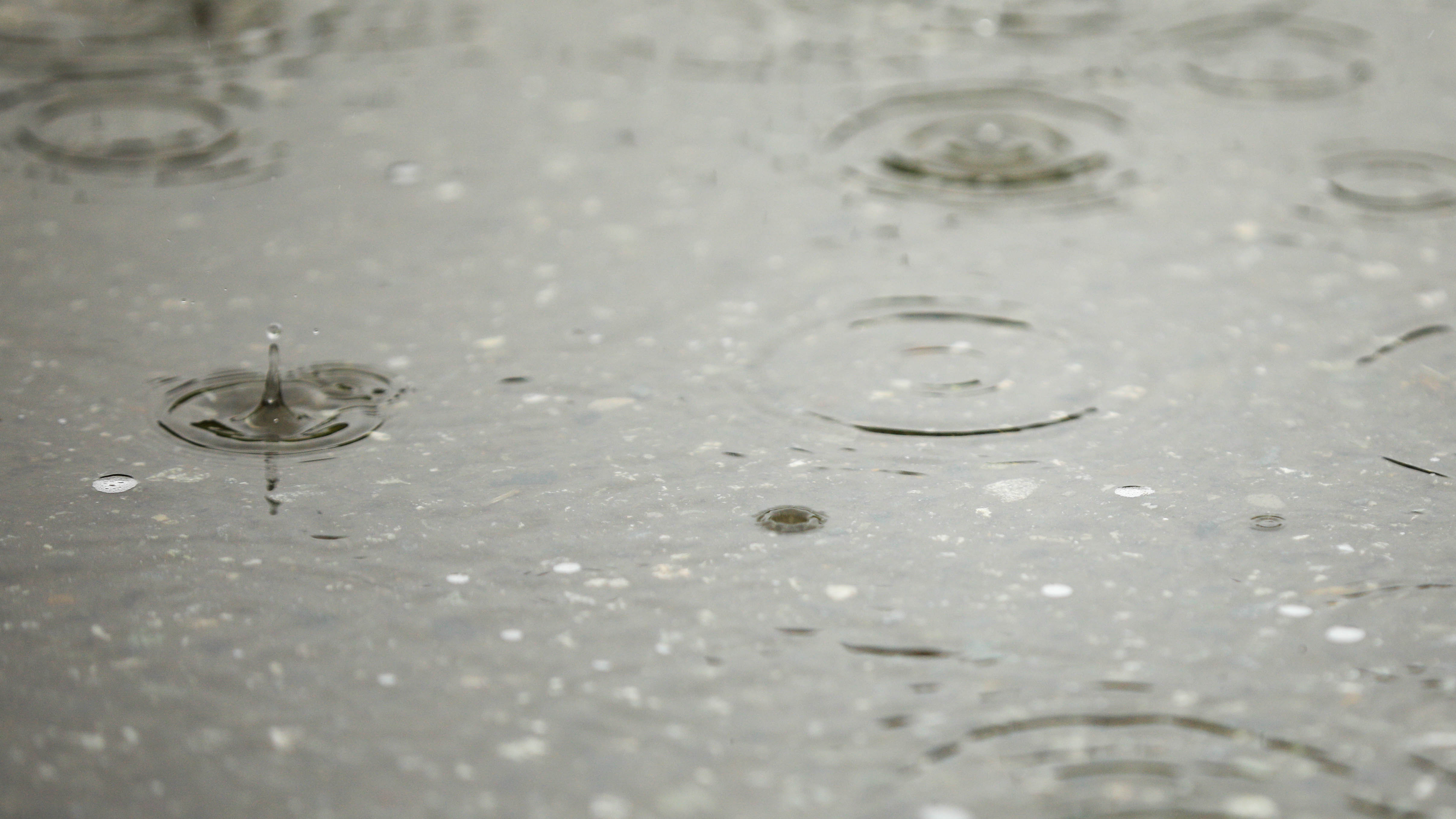Study: ‘Unprecedented’ rain, warmth for Alaska by end of century
If current carbon emissions and climate trends hold, the Far North can join the hurricane-soaked South as a place of wet-weather extremes, new research shows.
Climate warming is likely to bring more episodes of heavy rain, above-freezing winter thaws and scorching hot summer days in the coming decades, says a study by scientists at the University of Alaska Fairbanks.

By the end of the century, one-day maximum rainfalls will be 53 percent heavier than what is now considered the norm — the weather recorded from 1981 to 2010 — and maximum five-day rainfalls will be 50 percent heavier, according to the study.
Daily maximum and minimum temperatures will rise significantly, especially in winter, with the statewide average for below-freezing “frost days” declining by more than a third by the end of the century, according to the study. The number of summer days with high temperatures above 77 degrees is expected to “skyrocket” from the 1.5-day-per-year statewide 1981-2010 average to a statewide average of nearly 30 days per year by the end of the century, according to the study.
“When compared to the historical period, the shifts in temperature and precipitation indicate unprecedented heat and rainfall across Alaska during this century,” says the study, published in the Journal of Applied Meteorology and Climatology, a publication of the American Meteorological Society.
The study assumes that global carbon emissions will continue on their current path — a business-as-usual scenario without reductions like those sought in the 2015 Paris climate agreement. The scenario assumes that summer sea ice in the Arctic will have largely vanished by midcentury, said lead author Rick Lader, who is with UAF’s Geophysical Institute and the International Arctic Research Center.
“That’s the current trajectory of sea-ice coverage and temperatures for the Arctic,” he said.
Sea ice retreat is tied closely to Far North temperatures and precipitation increases as open waters release heat and moisture into the atmosphere.
Some big regional differences are expected, according to the analysis. Weather-extreme changes will be magnified in northernmost Alaska, thanks to that region’s proximity to the less-frozen Arctic Ocean. Already rainy Southeast Alaska, on the other hand, will have the lowest percentage of change in its maximum rainfall events. And certain spots in the state could see summer temperatures spiking to around 100 degrees or higher by the end of the century, according to the findings.
The most important changes are likely to come in winter, when future lows will be much higher than they are now, Lader and co-authors said.
For places like Anchorage, that means more winter precipitation is likely to be in liquid form, not frozen, said co-author Peter Bieniek of UAF’s International Arctic Research Center.
“There’ll still be icings, but they’ll be less frequent. You’ll get more rain, just plain rain,” he said.
There are implications for the natural world and for man-made structures and facilities.
More winter warmth and rain will be bad for caribou, which suffer when food sources are encased in ice layers, said Bieniek, who is leading a project examining rain-on-snow events.
“Anything that makes ice, even if it’s just thaw and refreeze, causes trouble for them,” he said.
The study’s results have implications as well for roads, bridges and future flooding, he added. State engineers have already said they want to design structures to withstand future conditions, he said.
The good news? Even a warmed-up and wetter Alaska in 2100 will likely be too far north for Hurricane Harvey-like dumps of rain, in which 50 inches was deposited on Texas in just two days, said co-author Uma Bhatt of UAF’s Geophysical Institute.
“We don’t have that hot, humid tropical air on a regular basis,” Bhatt said.
Currently, little information is available to make specific predictions about future flooding in Alaska, she and the other authors said.
The study does not project weather averages, work that is already done by UAF’s Scenarios Network for Alaska and Arctic Planning program and elsewhere. It does not predict day-to-day weather. And it does not rule out future cold snaps or fluctuations.
“We’re not trying to forecast any given day,” Lader said. While Alaska’s climate is strongly trending to a warmer and wetter future, he said, “within any given year it can still be cold or dry or whatever.”